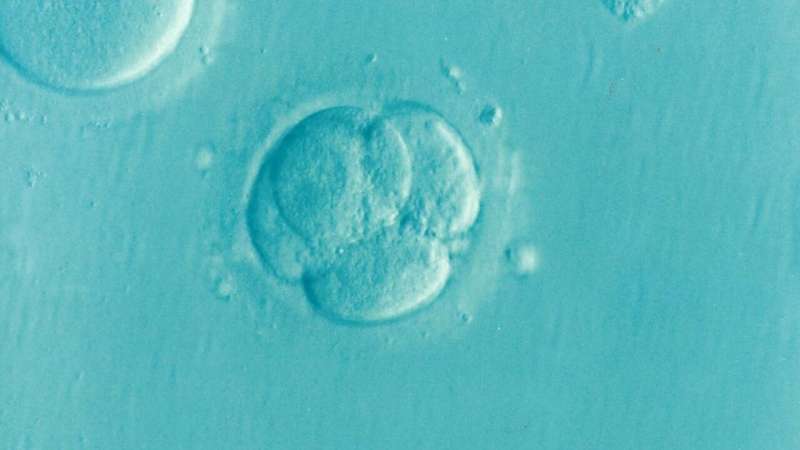Innovative Light-Activated Probe Sheds Light on How Tuberculosis Evades Immune Defenses

Tuberculosis (TB) remains a major global health threat, claiming over a million lives annually. The causative agent, Mycobacterium tuberculosis, is particularly challenging to eradicate due to its complex outer cell envelope, known as the mycobacterial cell wall, which helps it evade the body's immune responses. Recent research has focused on understanding how this pathogen interacts with host immune cells to survive and proliferate.
In a significant advancement, scientists developed a specialized chemical probe that targets a crucial component of the mycobacterial outer layer called mycolic acid. Published in an ACS Infectious Diseases paper, this probe enables researchers to identify proteins within immune cells that interact with mycolic acid, thereby illuminating the mechanisms by which M. tuberculosis suppresses immune activation.
The researchers designed the probe to mimic natural mycolic acid, allowing it to integrate into host macrophage cells during infection. When tested, the probe successfully stimulated an immune response similar to that triggered by the actual bacterial component. Through fluorescence imaging and immunoblotting techniques, they discovered that the probe binds to a specific receptor on macrophages called TREM2, a protein known to dampen immune activation. This interaction suggests that M. tuberculosis manipulates host responses by engaging TREM2 via its mycolic acids, helping the bacterium evade immune clearance.
This innovative approach provides valuable insights into the molecular interplay between tuberculosis bacteria and host immune defenses. Understanding these interactions opens the door to developing new therapeutic strategies, such as immunotherapies that block these immune evasion pathways. As TB remains a persistent global health issue, such research advances are essential for discovering more effective treatments and fighting resistant strains.
For further details, the study is accessible through the DOI: 10.1021/acsinfecdis.5c00068, and the findings highlight the potential of chemical probes in studying host-pathogen interactions.
Source: https://medicalxpress.com/news/2025-04-probe-reveals-tuberculosis-evades-immune.html
Stay Updated with Mia's Feed
Get the latest health & wellness insights delivered straight to your inbox.
Related Articles
Innovative Technologies Enhance Management of Type 1 Diabetes
Advancements in continuous glucose monitoring and insulin delivery devices have led to significant improvements in blood sugar control among people with type 1 diabetes, promising a better quality of life and fewer complications.
Thin Endometrial Thickness May Not Limit IVF Success Rates
Emerging research indicates that a thin endometrial lining may not significantly hinder IVF success, opening new possibilities for patients with thinner uterine linings.
Link Between Gastroesophageal Reflux Disease and Increased Risk of Pulmonary Disorders
Gastroesophageal reflux disease (GERD) is linked to a higher risk of developing various lung diseases. New research suggests that managing GERD effectively may reduce this risk and improve respiratory health.
Experts Question the Realism of Kennedy's Approach to Uncover Autism Causes
Experts are skeptical of Kennedy's plan to quickly uncover autism's causes, emphasizing the disorder's complex genetic and environmental factors that require extensive research efforts.



